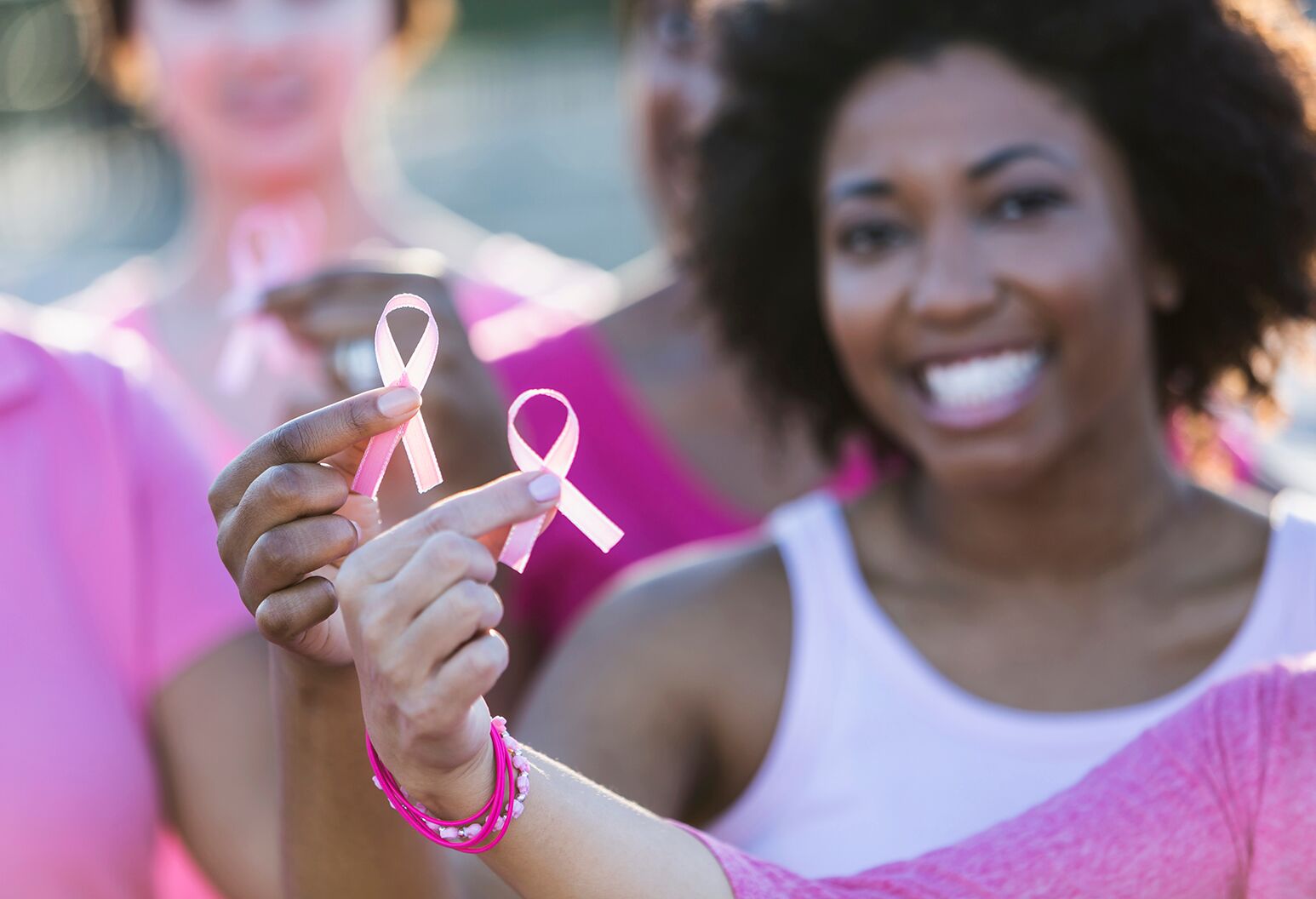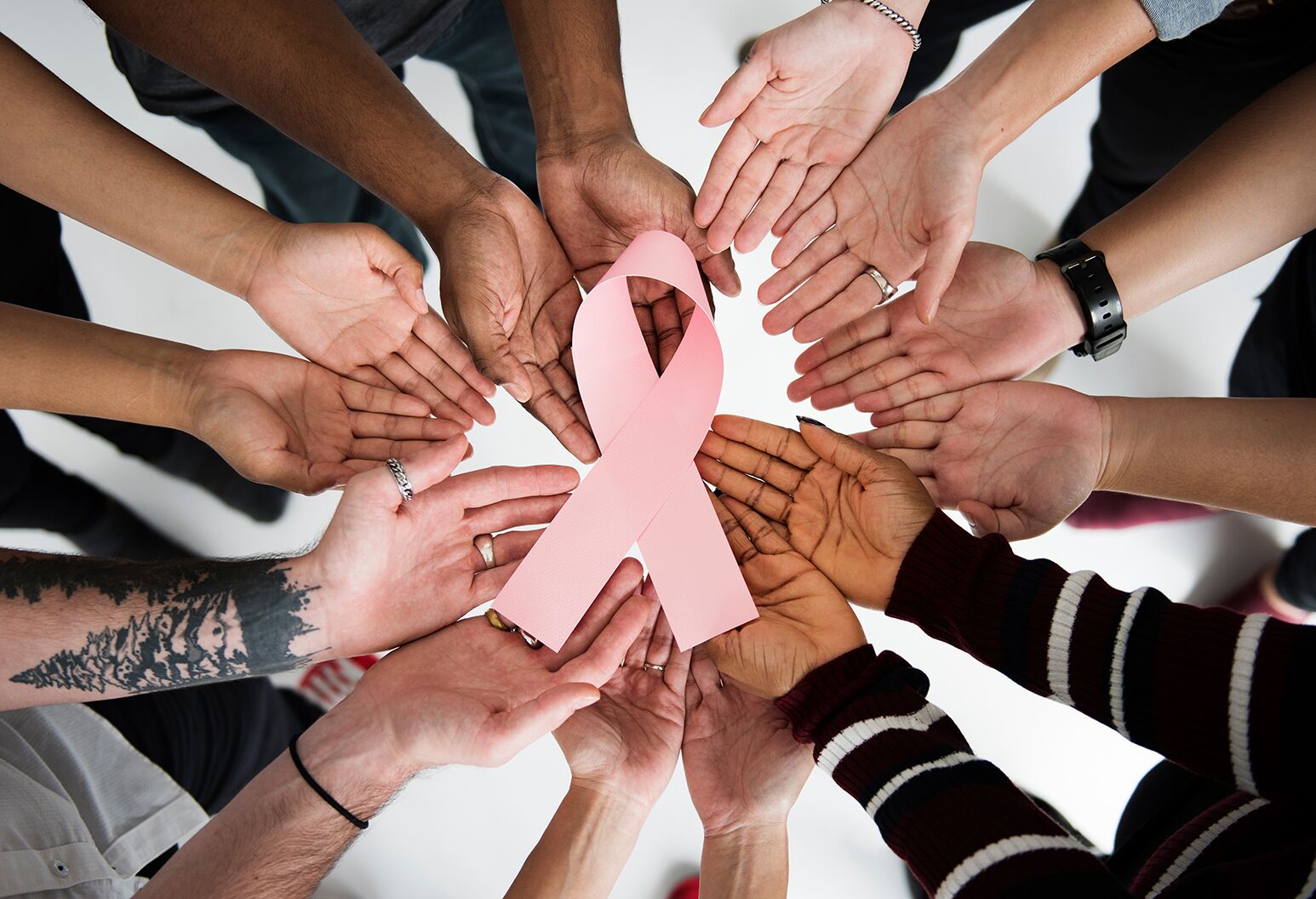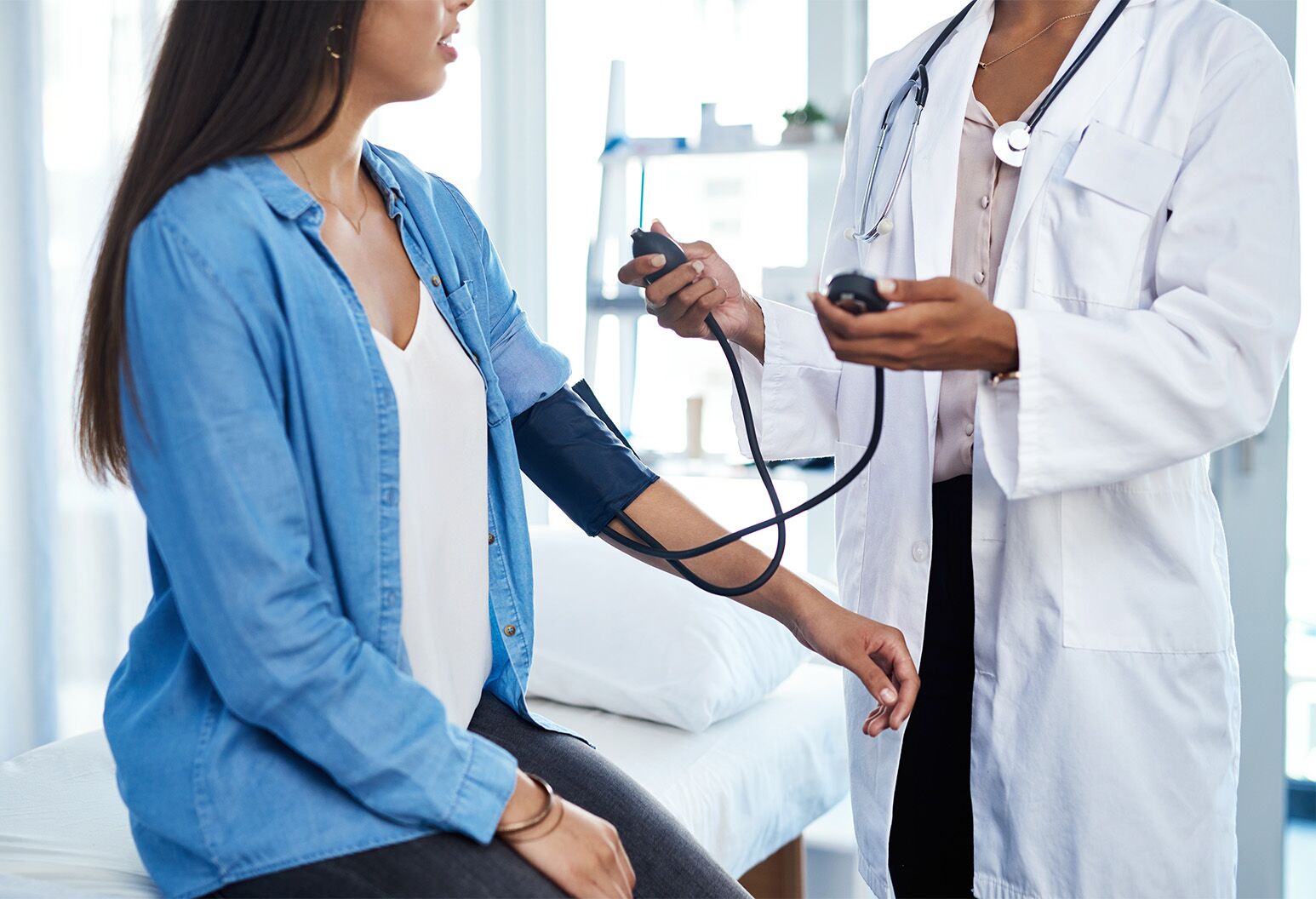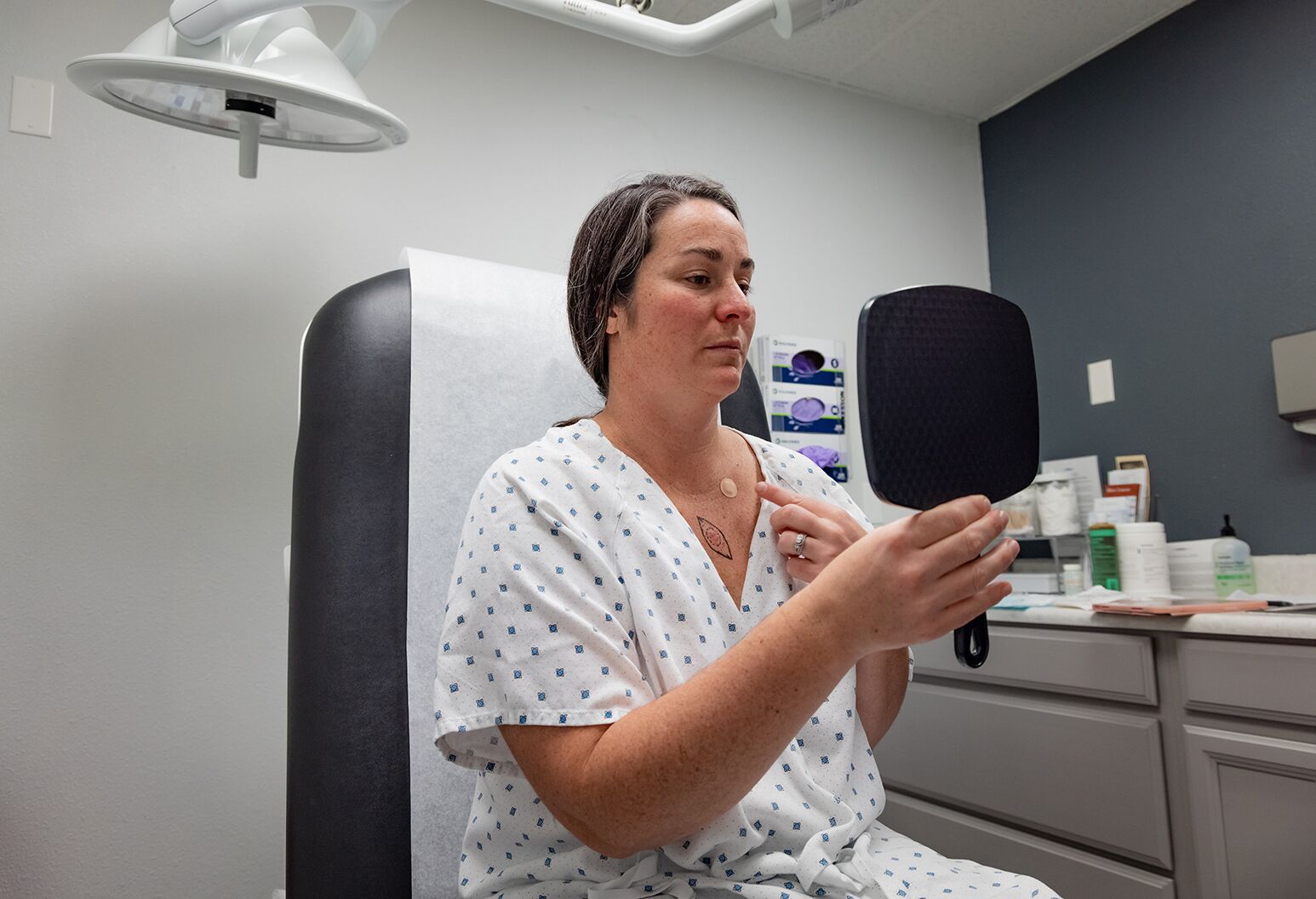Insights
Breast cancer risk factors: 5 things young women need to know

Going through a proper risk assessment for breast cancer at an early age empowers women to take control of their health
The standard breast cancer screening advice for most women is to talk to their doctor about their risk when they turn 40. But that recommendation doesn’t sit well with Nina Vincoff, MD, chief of breast imaging at Northwell.
“Women at high risk for breast cancer are not properly accounted for in the guidelines,” says Dr. Vincoff. “The current United States Preventive Services Task Force recommendations are simplistic and confusing.”
The full guidelines recommend screening starting at 50 for most women and that women 40 to 49 years old should start talking to their provider about mammograms.
“There are lots of screening guidelines out there, and they are all slightly different. But no matter how much they agree or disagree with each other, they all have one piece of verbiage that’s the same,” Dr. Vincoff says. “They all say for ‘average women.’ And the problem is that most women don’t know what their risk is.”
That’s concerning to Dr. Vincoff since some women who are at higher risk will need earlier intervention. “It is why women need to go through an assessment of their breast cancer risk factors at a younger age — before they turn 30.”
What is a breast cancer risk assessment?
A breast cancer risk assessment is a series of questions that probe a woman’s family history, as well as other statistics, that could include:
- Age
- Height
- Weight
- BMI
- Use of hormone therapy
- Radiation therapy to the chest
- Dense breast tissue
- Biopsies
- Precancerous conditions that required surgery
- Genes associated with breast cancer
Breast cancer risk calculator types
You can find several risk assessment calculators online — there are at least seven or eight, according to Dr. Vincoff.
“The one that we use in breast imaging is the one called Tyrer-Cusick Model Breast Cancer Risk Assessment,” Dr. Vincoff says. “And the reason why we use that one is that it goes back two generations of family history, whereas many just go back one generation. And it also includes enough factors like dense breast tissue, so that we can identify the patients that would most benefit from MRI.”
Dr. Vincoff added that some risk calculators are meant to identify women who would benefit from genetic testing.
“And that's important, too. So, depending on who's doing your risk calculation, you might be using a calculator that's more geared towards genetic testing, or it could be geared toward women who have the type of breast where to catch cancer early, there needs to be something more than mammography starting at age 40."
For some women, an MRI could be more effective in spotting cancer in its infancy, she says.
How should you prepare for a risk assessment?
The medical professional most likely to do a risk assessment tends to be a primary care physician or an OB/GYN — and that’s not likely to be until after she’s 40.
Younger women can advocate for themselves by starting the risk assessment conversation with their doctor, advises Dr. Vincoff. They should also be prepared to answer the questions included in the assessment.
“I think to really succeed at doing this, we need to have people come to their visit with their doctor, having already done the homework, so that then when they get into the doctor's office, they know many of the answers to the questions. Then they can have the conversation about what they need to do next,” Dr. Vincoff says. Prep work, she adds, includes asking family members direct questions and taking notes.
“You are going to need to take some time to sit down with family and say, ‘Who in our family has had cancer?’ You may know a little bit, but you probably don't know enough to really know what your risk is,” says Dr. Vincoff, adding that “risk isn’t only asking about a family history of breast cancer. One of the questions in our risk assessment is, "Is there a history of ovarian cancer and other kinds of cancers?"
If there is, experts recommend speaking to a genetic counselor.
“You may have in your family a gene that so far has only expressed itself as ovarian cancer, melanoma, or brain cancer. And you may be at risk for those and also be at risk for breast cancer,” Dr. Vincoff says.
What are the breast cancer risk factors that impact younger women?
There are traits that can elevate risk in younger women. “We are learning that there are certain racial or ethnic groups that are definitely at higher risk,” Dr. Vincoff says. “We've come to understand over the course of the past few years that Black women in particular tend to develop breast cancer younger and that cancer is more aggressive. And they die younger of breast cancer, and more often from breast cancer. We're trying to get that information out to Black women. Black women are a good example of where current, confusing guidelines aren’t serving them.”
“The other group in our community that we worry a lot about, are women of Ashkenazi Jewish heritage. And they're also at increased risk for the very aggressive kinds of cancers, and for carrying the BRCA gene,” Dr. Vincoff says.
Experts have also learned that having dense breasts can also raise risk.
“Everybody's breast tissue is very particular to them” Dr. Vincoff explains. “It's like a fingerprint, and they have all different kinds of compositions. So, some people's breasts are almost entirely fatty tissue, and some people's breasts are what we call ‘dense.’"
"They're made up of more glandular tissue and for a long time we thought that dense breast tissue was just something that made mammograms harder to read,” says Dr. Vincoff. “The reality is that having dense breast tissue increases your risk for developing breast cancer. Women with dense breasts are more at risk than a woman who has fatty breasts, and a mammogram may not be enough.”
MRI and breast cancer screenings
For many women with dense breasts — and many younger women have denser breast tissue — ultrasound or MRI may be a more effective way to spot breast cancer.
Dr. Vincoff points out that an MRI will find between 10 and 15 additional cancers per 1,000 women screened.
“It's the most sensitive test that we have. The only thing similar to it is a new technique that we have at Northwell called contrast-enhanced mammography, where we give you dye and combine the dye with mammography. And when we give you the intravenous dye with the mammography, you end up with a mammogram that's similar in performance to MRI,” Dr. Vincoff says.
Breast cancer screenings: Covered by insurance
Many women — and patients in general — resist preventive care, such as routine medical screenings because of insurance costs. But Dr. Vincoff explains that in New York, a mammogram is paid for by most private insurers.
“New York is a great place for breast cancer advocacy, and this is a significant advantage to being here,” Dr. Vincoff says.
She says insurance covers mammograms annually starting at age 40, and that a baseline mammogram is covered in a woman’s 30s.
“Even better, if you have dense breast tissue, New York requires a dense breast notification,” says Dr. Vincoff. “So, when you get your mammogram results, that letter that you get will tell you whether or not you have dense breasts. And if you do, you can have an ultrasound that will be paid for by your insurance,” she says, adding that “if you're in that higher than 20 percent lifetime risk for developing breast cancer, your insurance will likely pay for you to have an MRI.”



